In November 2020 I bought a Smith and Wesson Performance Center Pro Series Model 642 in .38 Special (+P rated) from a local dealer. I have not purchased a pistol in several years with the last one being a Glock 19 Generation 4 FDE back in 2014. While I do enjoy shooting pistols, I consider myself more of a rifle shooter than a pistol shooter.
I have never owned a revolver and I have always wanted a ‘snubnosed’ .38 Special for the simplicity of the platform in concealed carry / self defense scenarios. I have been putting it off for many years and recently I decided to go ahead and get one at a local dealer who had it in-stock on display.
The S&W Model 642 that I acquired is referred to as the Performance Center Pro Series SKU 178042. It has a 1-7/8″ barrel and is rated for +P rounds.
This variant is basically the same gun as other Model 642 variants with two specific differences.
The first difference is that the cylinder of the Pro Series is cut to accept moon clips. Moon clips are thin pieces of metal (“star-shaped”) that hold cartridge cases together in a single unit. This allows for faster reloading and unloading of the cylinder.
The second difference is that the Pro Series M642 SKU 178042 does not have an internal trigger lock which is common on modern production Smith and Wesson revolvers. The internal trigger lock is basically a built-in gun lock to prevent the gun from being fired without the key to unlock it.
I honestly did not care about the presence of the internal trigger lock, but purists definitely do not appreciate internal locks. The cylinder cut for moon clips was the feature I was interested in having. The M642 is a very compact design and does not work well (if at all) with aftermarket cylinder speed loaders. Moon clipped rounds seemed like a nice middle-ground that would work with such a compact revolver.
The Pro Series Model 642 does not have an external hammer, so it is a double action only pistol. Comparatively speaking, the trigger weight is quite heavy. My RCBS trigger pull gauge only goes up to 8 lbs and the trigger pull on this M642 exceeded the gauge. I want to estimate the pull weight to be at 11 lbs, give or take 1 lb.
As with the other Model 642 variants, this handgun has fixed sights, where the rear sight is simply a channel milled in the frame.
While this is my first revolver, it is also my first gun in .38 Special and I did not have reloading dies or components for this cartridge prior to buying the S&W 642. This is probably the worst time to buy a gun chambered in a cartridge that I do not already reload for due to the ammunition supply chain shortage as well as the reloading equipment and component shortages.
The only ‘cheap’ ammunition I could find is Norma Range and Training .38 Special 158gr FMJ (and I still overpaid compared to ‘normal’ prices). I was also able to score some Hornady Critical Defense .38 Special +P 110gr FTX ammunition.
I took the Model 642 out to the range and test fired it using the Norma 158gr FMJ and Hornady Critical Defense 110gr ammunition.
Norma Range and Training .38 Special 158gr FMJ has an advertised muzzle velocity of 968 ft/sec and Hornady Critical Defense .38 Special +P 110gr FTX has an advertised muzzle velocity of 1090 ft/sec.
The actual muzzle velocity averages of these two cartridges out of my M642 are 662 fps and 897, respectively.
The recoil felt snappier with the 158gr FMJ load even though it moved significantly slower and the Hornady Critical Defense 110gr felt easier to reset from after a shot.
Based on my initial range sessions, I plan on shooting the lighter weight bullets out of this gun for both range training sessions and defensive use. I will probably stick with Hornady Critical Defense 110gr FTX ammo for defensive use and will use 110gr variants for range handloads.
As I write this article, we are deep into a supply chain shortage for firearms and ammunition (and all ammunition components). In the weeks after I bought the pistol, I was able to obtain a 500-count box of Winchester .357/.38 caliber 110gr hollow point bullets and a Lee Precision .38 Special 3-die set to start making some range practice ammo.
I have plenty of small pistol primers to to last me several years of high volume shooting and lots of Hodgdon Titegroup which is what I use in 9mm and .40S&W and is fortunately suitable for .38 Special.
Based on the Hodgdon reloading data available online and cross referenced with an older Speer Reloading Manual I have, I decided to try 4.6gr and 4.8gr of Hodgdon Titegroup behind the Winchester 110gr HP with the Norma brass and Winchester Small Pistol primer.
The muzzle velocity averages for 4.6 and 4.8 grains of Titegroup were 863 fps and 893 fps, respectively. The velocities were very close to the 897fps muzzle velocity of the Hornady Critical Defense 110gr FTX which is +P rated ammo. The felt recoil seemed a lot snappier than the Hornady Critical Defense, too.
So I dropped down to 4.4gr of Titegroup and the muzzle velocity average was down to 814 fps. This seemed to be a nice place to be in terms of a target load out of this small revolver.
After some range time, I will definitely say that the Smith and Wesson Performance Center Pro Series Model 642 is not a fun target shooting gun.
The trigger pull is quite heavy (well over 10 lbs) and it does wear on the trigger finger during extended shooting sessions, at least for me. I tried gripping very high on the grip in order to mitigate recoil, but that places the trigger finger in a bad plane (pulling up and back instead of straight back) which also results in the edge of the trigger finger pad taking a lot of the brunt of the trigger force.
Obviously, a single action / double action revolver is better for target shooting since you can cock the external hammer spur to engage the lighter single action trigger pull.
But the Smith and Wesson Performance Center Pro Series Model 642 is not meant to be a target shooting pistol. Its strength is in it lightweight and concealable defensive use capabilities and while subcompact semi-auto pistols like the Glock 26, Glock 43, and the Smith and Wesson M&P Shield are more popular modern CCW pistols, the S&W J-Frame is still a viable self-defense pistol. It is simple to use with no frills and provides adequate stopping power for emergency close quarters situations.
I did acquire a kydex holster from Harry’s Holsters after doing some online research and it is a very nice, comfortable holster for carrying the S&W 642 inside-the-waistband (appendix).
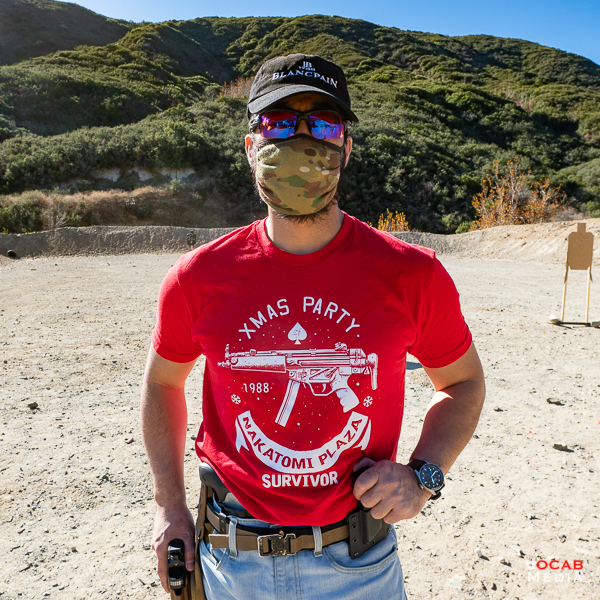
That sums up my write up on the Smith and Wesson Performance Center Pro Series Model 642. I will admit that this is probably not the best “first revolver” to get for a recreation shooter, but I bought it primarily for the self-defense criteria that it fills. While it is not the most comfortable revolver to shoot, spending time shooting the Smith and Wesson Performance Center Pro Series Model 642 is causing me to look into another revolver for target shooting.

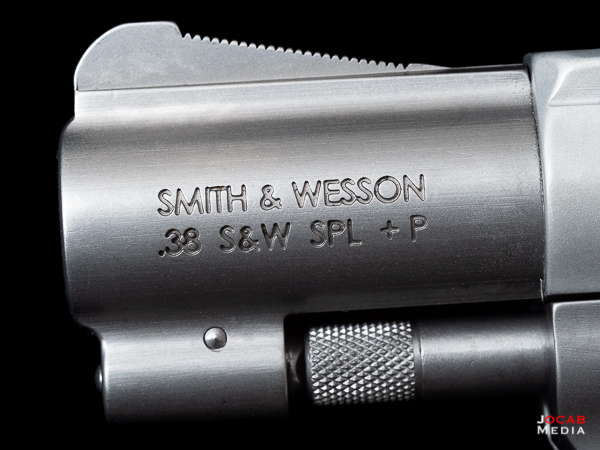
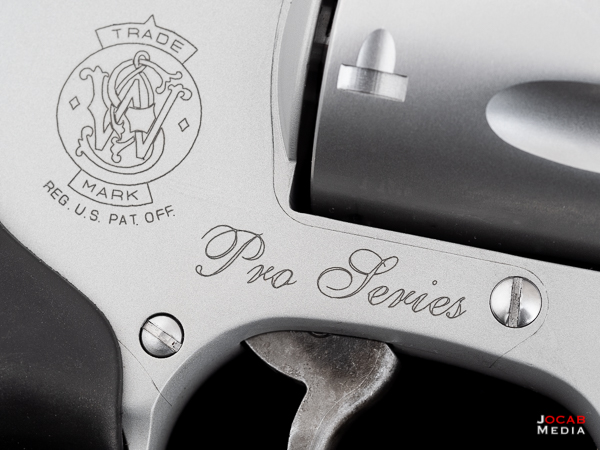
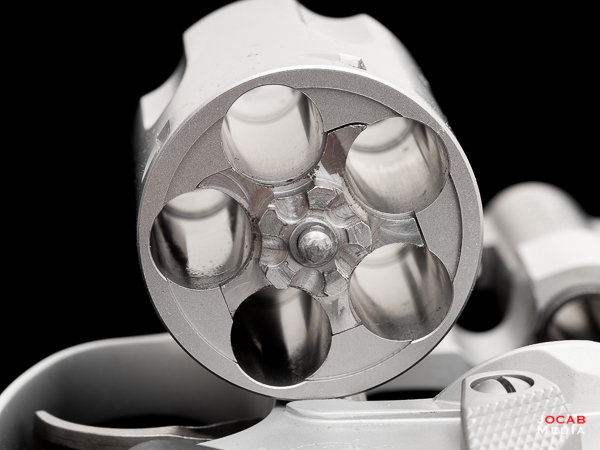
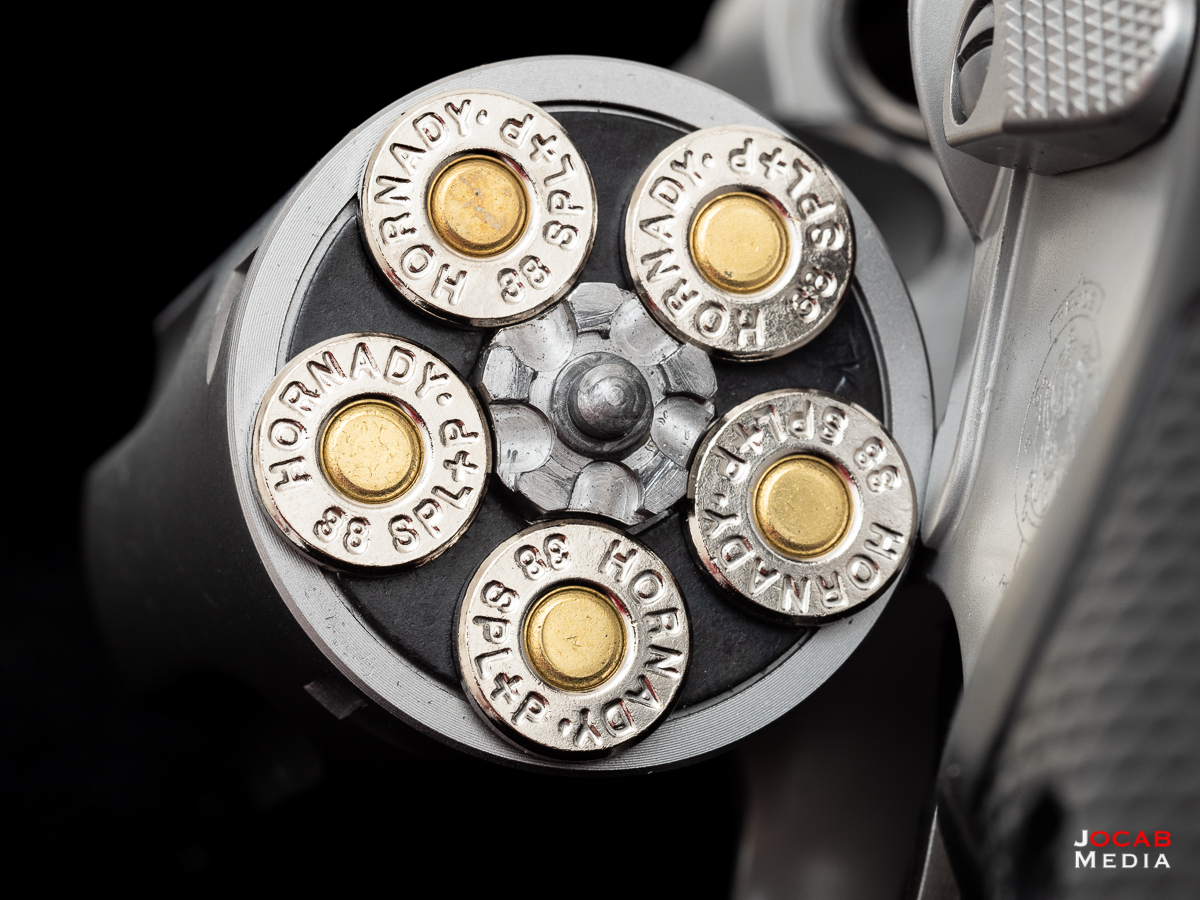
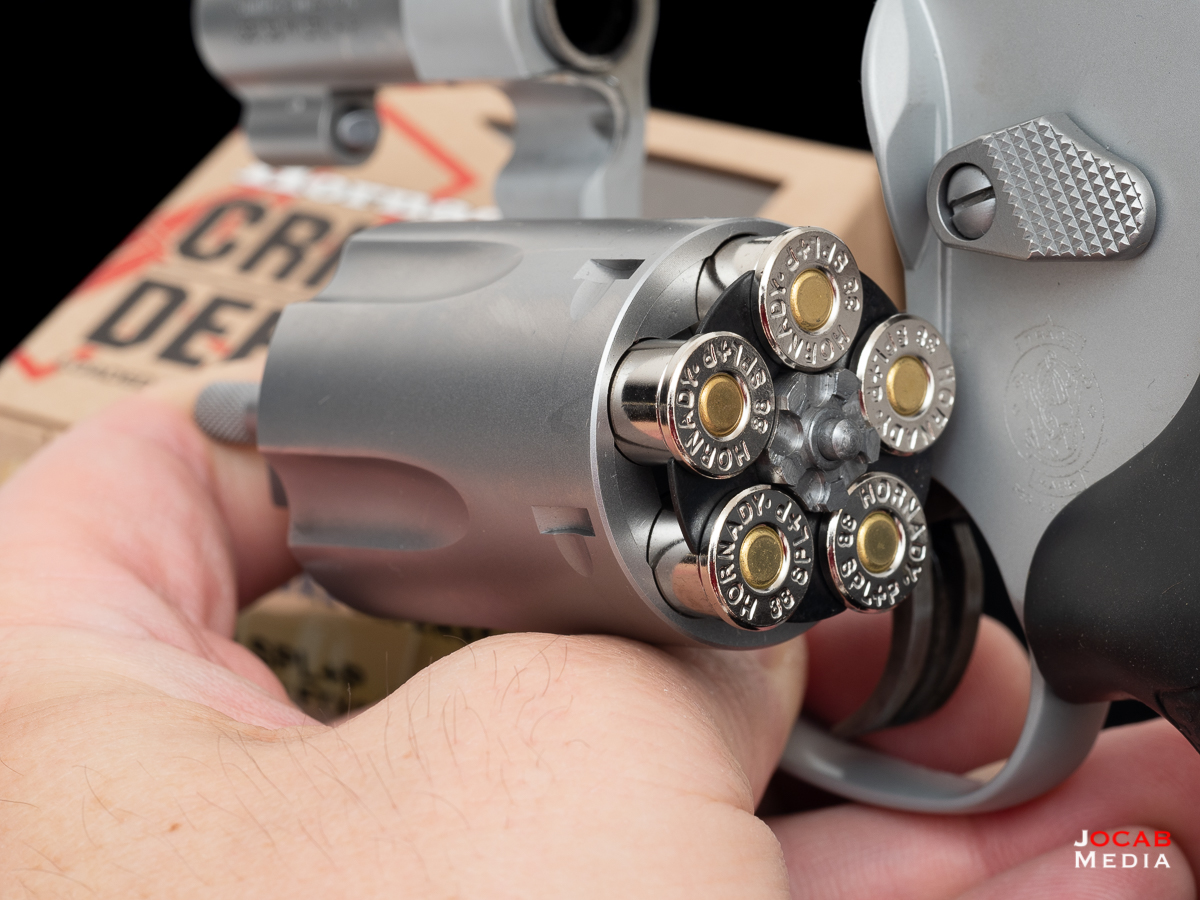
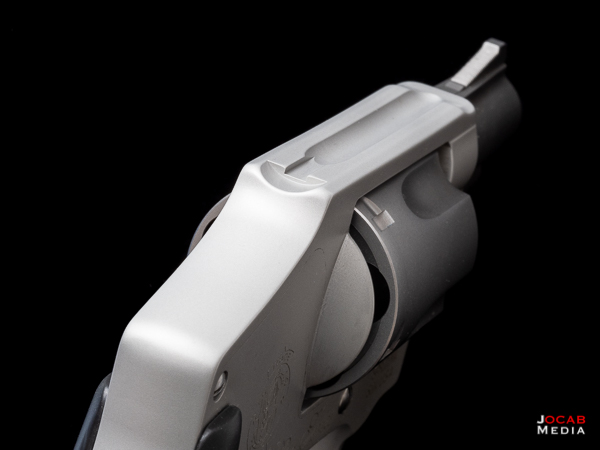
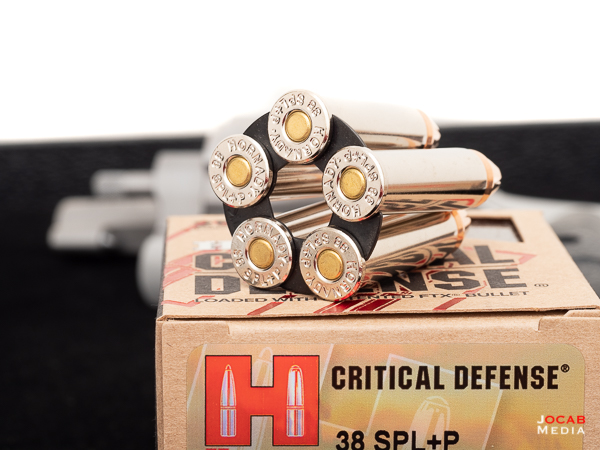
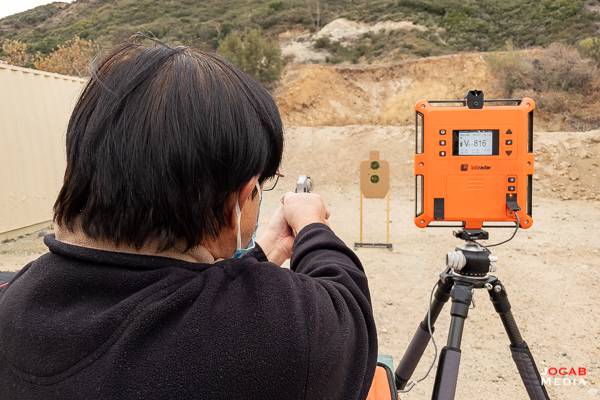
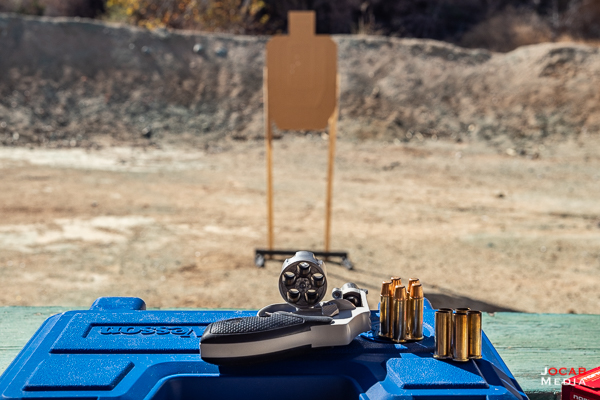
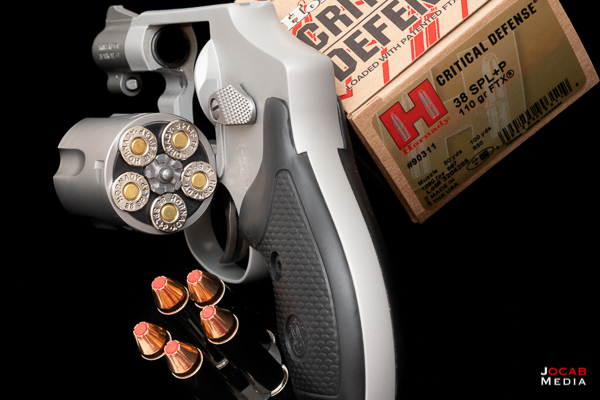
Kenneth
Part of the Pro series package is a nice smooth custom shop tuned trigger. It’s probably not supposed to be that stiff. Even so, a spring package from Wolf springs would easily fix that, because 3 less pounds of trigger pull weight would be nice, and it still has the long trigger pull for safety. As to the holster, most of the desirability of the j-frame comes from the tiny size. You should look into a good pocket holster to maximize on that design. If you’re going to be wearing an iwb holster anyway, there’s plenty of good or better options that have more firepower.